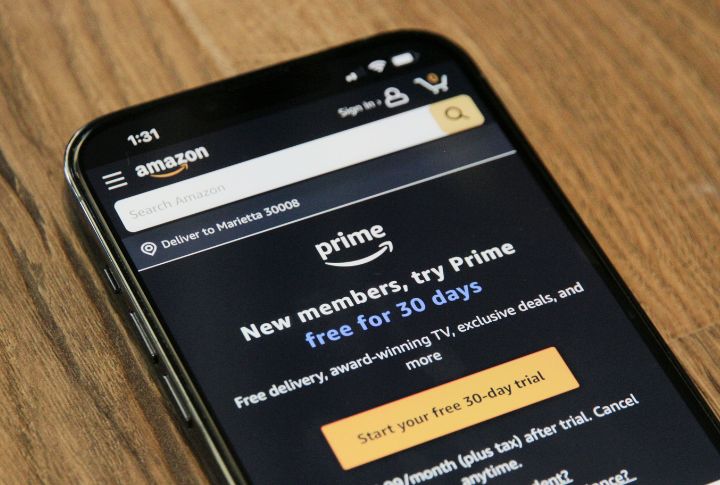
If a random $51 shows up in your PayPal or Venmo, it might not be a glitch. Amazon has started paying out refunds after a record $2.5 billion deal with federal regulators over how it signed you up for Prime and made canceling feel like wrestling an octopus of buttons and screens. If you’ve ever wondered whether those “dark pattern” tricks online actually get companies in trouble, this is the case to watch. Here’s what happened, who qualifies, and when your money could land in your account.
What This Giant Prime Payout Is Really About
The Federal Trade Commission accused Amazon of quietly nudging millions into Prime, then burying the exit door under a maze of clicks. Internally, Amazon even nicknamed its old cancellation path “Iliad,” like the epic war story, because it dragged on so long.
To settle the case, Amazon agreed to pay $2.5 billion. One billion dollars is a civil penalty to the government, while $1.5 billion is earmarked for refunds to Prime customers. Regulators say that makes it the largest settlement in FTC history and the second biggest consumer refund pot ever.
Put simply, the government argued that Prime enrollment screens were too sneaky and the cancel option too buried. Amazon denies wrongdoing but agreed to change how it gets your consent and to simplify the off-ramp so you can leave Prime without feeling trapped in an endless loop.
Who Qualifies For A Refund
The first filter is timing. You must have signed up for Prime between June 23, 2019, and June 23, 2025. If that window sounds oddly precise, it matches the period the FTC focused on in its lawsuit and the court’s final order.
Then comes how you enrolled. You may be in line for money if you:
- Signed up through one of the “challenged enrollment flows” like Single Page Checkout, the Universal Prime decision page, certain shipping screens, or Prime Video signup
- Used Prime benefits very lightly during a 12-month stretch
The FTC says automatic refunds go first to people who clearly fit those rules and barely used Prime–for example, using three or fewer Prime benefits over a year. Everyone else who might have a claim will get a chance to file later if they think they were pushed into Prime or blocked from canceling.
The maximum payout is capped at $51 per person, which roughly lines up with a few months of Prime fees for many subscribers. With “tens of millions” potentially affected, that cap keeps the refund pool from disappearing in one go.
When And How The Money Shows Up
Here’s the part everyone cares about: timing. Automatic refunds for clearly eligible Prime members are scheduled between November 12 and December 24, 2025. Those payments go out first, straight to PayPal or Venmo, and you have 15 days to accept them before Amazon switches to a paper check.
If you do nothing with the PayPal or Venmo notice, Amazon will mail a check to the default shipping address on your Prime account, and you’ll have 60 days to cash it. So you get two bites at the apple, but neither lasts forever.
People who do not receive an automatic payment can start filing claims on December 24, 2025. The FTC says notices about how to file must go out by January 26, 2026, and a dedicated settlement website will help you through the process.
